Amber is a unique and timeless gemstone that has fascinated humans for thousands of years. Its beauty and charm lie not only in its warm golden hue but also in the wide range of colors it can display, from pale yellow to deep brown, red, green, and even blue. In this article, we will explore the different colors of amber, their origins, and their significance throughout history.
Table of Contents
- Introduction: What is Amber?
- The Formation of Amber
- The Colors of Amber
- White Amber
- Yellow and Honey Amber
- Cognac Amber
- Cherry Amber
- Green Amber
- Blue Amber
- Black Amber
- The Significance of Amber Colors in History
- Amber as a Healing Stone
- Amber in Fashion and Jewelry
- Caring for Amber
- Identifying Fake Amber
- Conclusion
- FAQs
Introduction: What is Amber?
Amber is a fossilized tree resin that has been preserved for millions of years. It is formed from the sap or resin that oozes out of certain trees, particularly conifers, and hardens over time. The process of fossilization turns the sticky substance into a hard, durable material that can be polished and shaped into beautiful jewelry and decorative objects.
Amber is found in many parts of the world, including Europe, Asia, and North America. The largest deposits are found in the Baltic region of Europe, where it has been mined since ancient times.
The Formation of Amber
The formation of amber is a fascinating process that takes millions of years. When a tree is wounded or injured, it produces resin to protect itself from further damage. The resin oozes out of the tree and hardens over time, forming a protective layer around the wound.
Over the course of millions of years, the resin can be buried under layers of sediment and eventually transformed into amber. This transformation is a result of heat, pressure, and the presence of other minerals in the sediment.
The Colors of Amber
Amber is known for its warm golden color, but it can also come in a wide range of other hues. The color of amber is determined by several factors, including the type of tree it came from, the presence of other minerals in the resin, and the amount of heat and pressure it was exposed to during fossilization.
Here are some of the most common colors of amber:
White amber
White amber, also known as bone amber, is a rare and highly sought-after variety of amber that has a distinctive milky white color. Unlike other types of amber, which are formed from the resin of ancient trees, white amber is believed to come from the bones of extinct animals that lived millions of years ago.
Some experts believe that white amber was formed from the fossilized bones of prehistoric birds, while others think it may have come from the remains of ancient mammals. Regardless of its origin, white amber is valued for its unique beauty and rarity, and is often used in high-end jewelry and decorative objects. Due to its scarcity, white amber can be quite expensive, with some pieces selling for thousands of dollars.
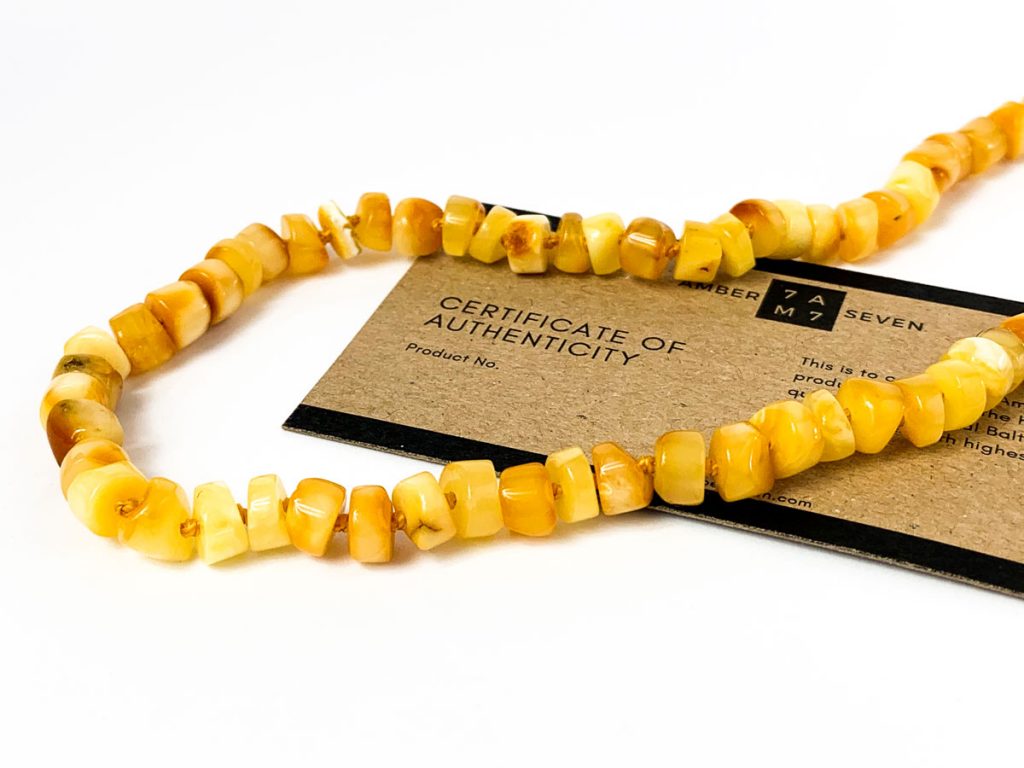
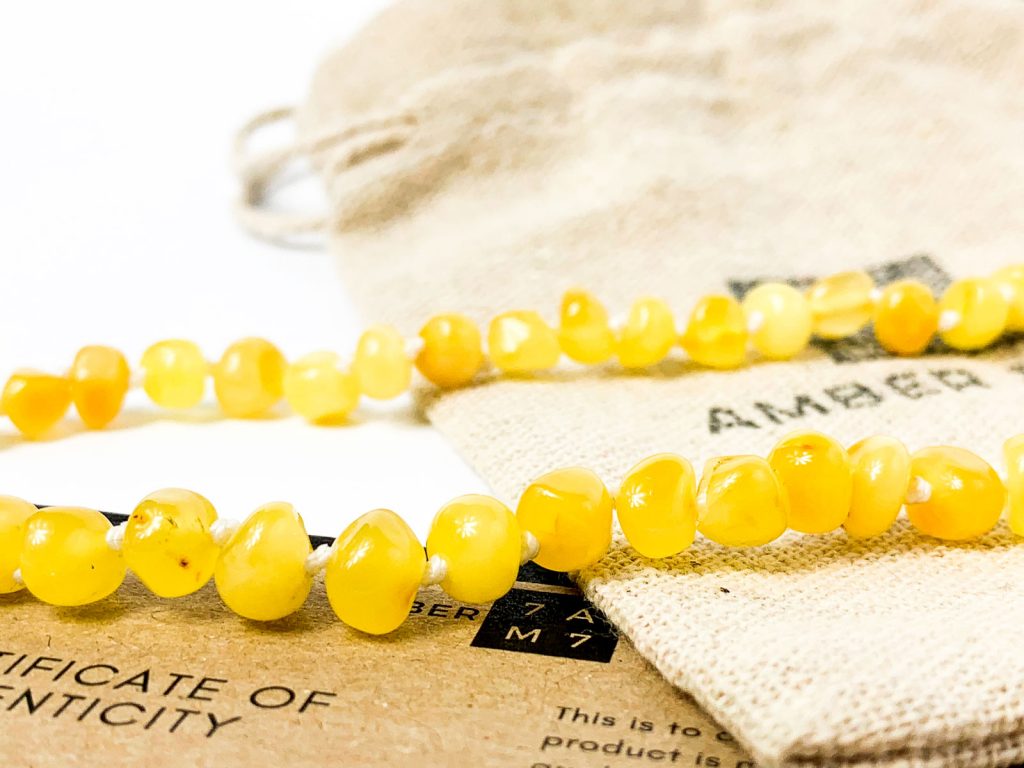
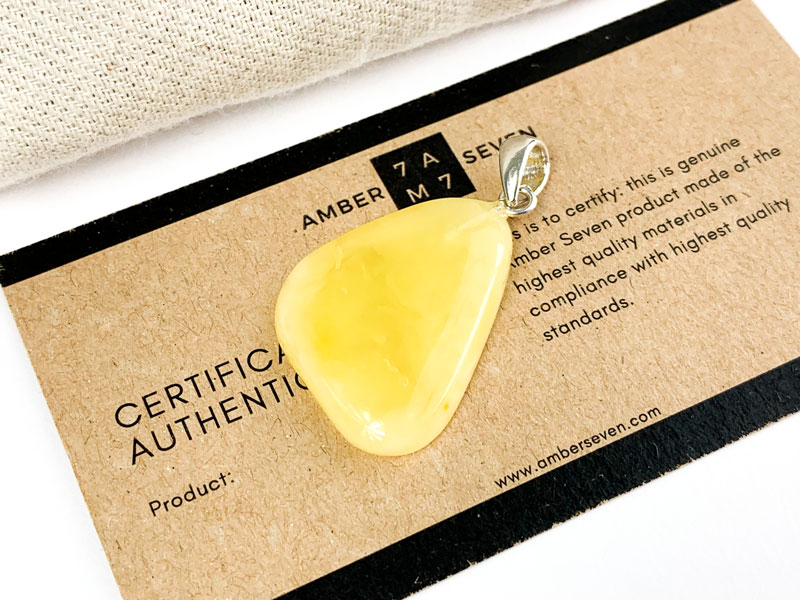
Yellow and Honey Amber
Yellow and honey amber are the most common colors of amber. They are typically found in the Baltic region of Europe and are prized for their warm, sunny hues. Yellow and honey amber can range from a pale, almost transparent color to a deep, rich golden color.
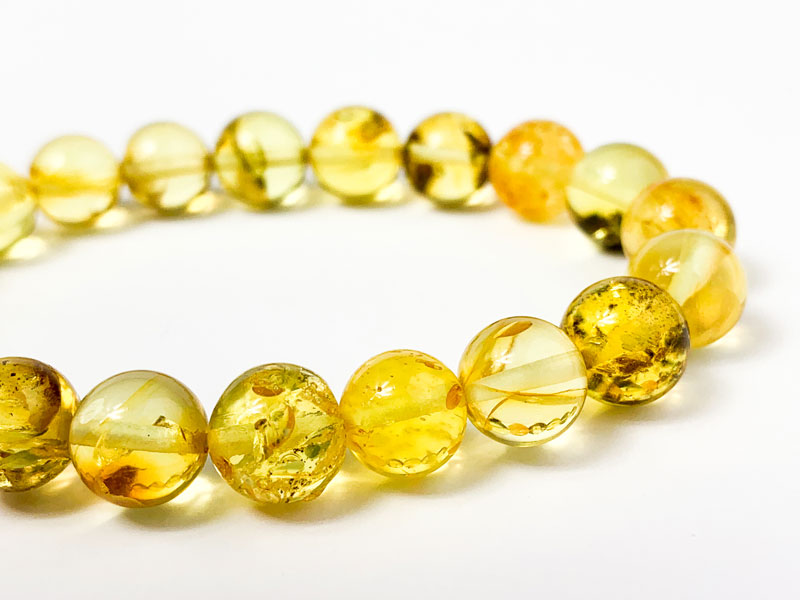
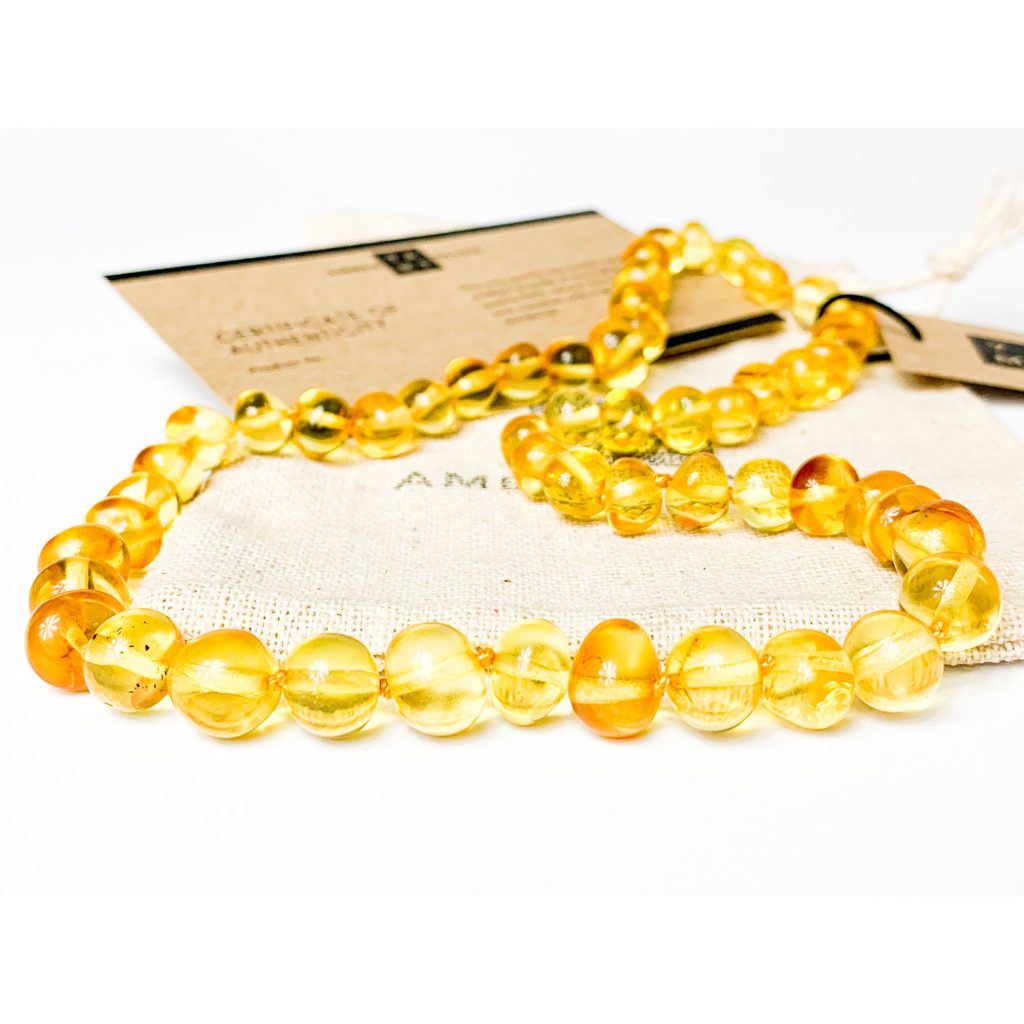
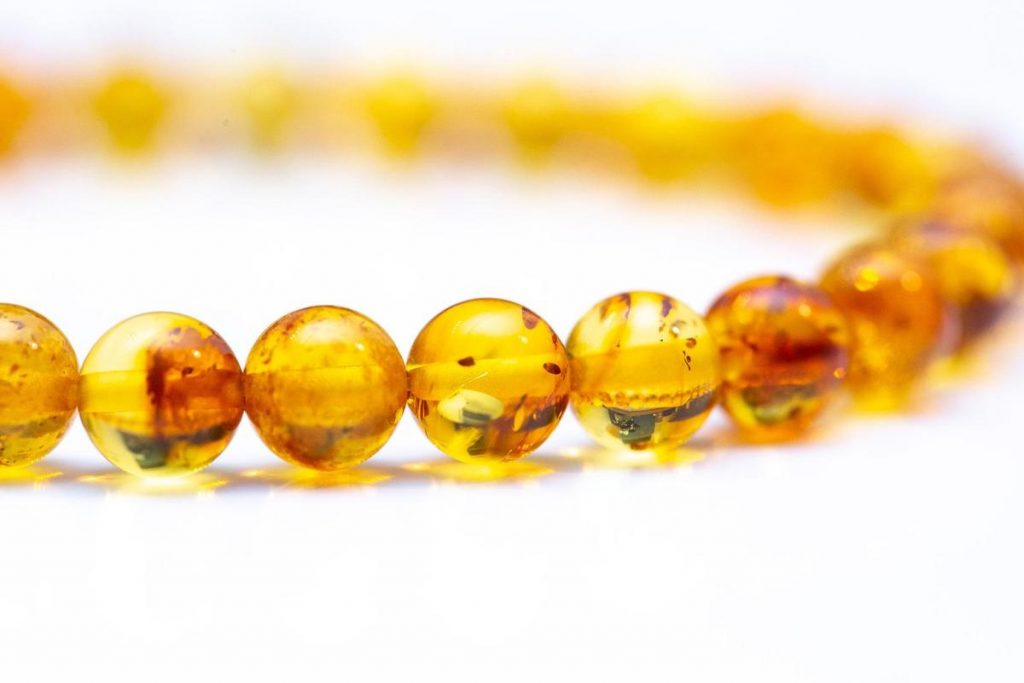
Cognac Amber
Cognac amber is a darker shade of amber that is named after the popular French brandy. It has a rich, warm brown color that can range from light to dark. Its warm, earthy tone can range from light golden brown to deep reddish-brown, with some pieces even featuring natural inclusions such as insects or plant matter. Larger pieces with consistent color and visible inclusions are typically the most valuable.
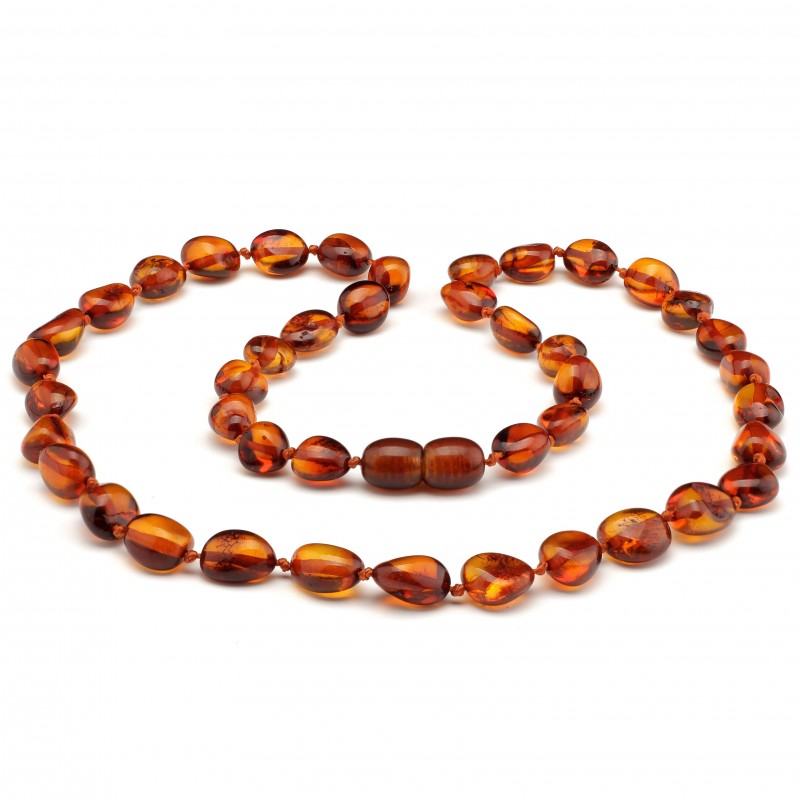
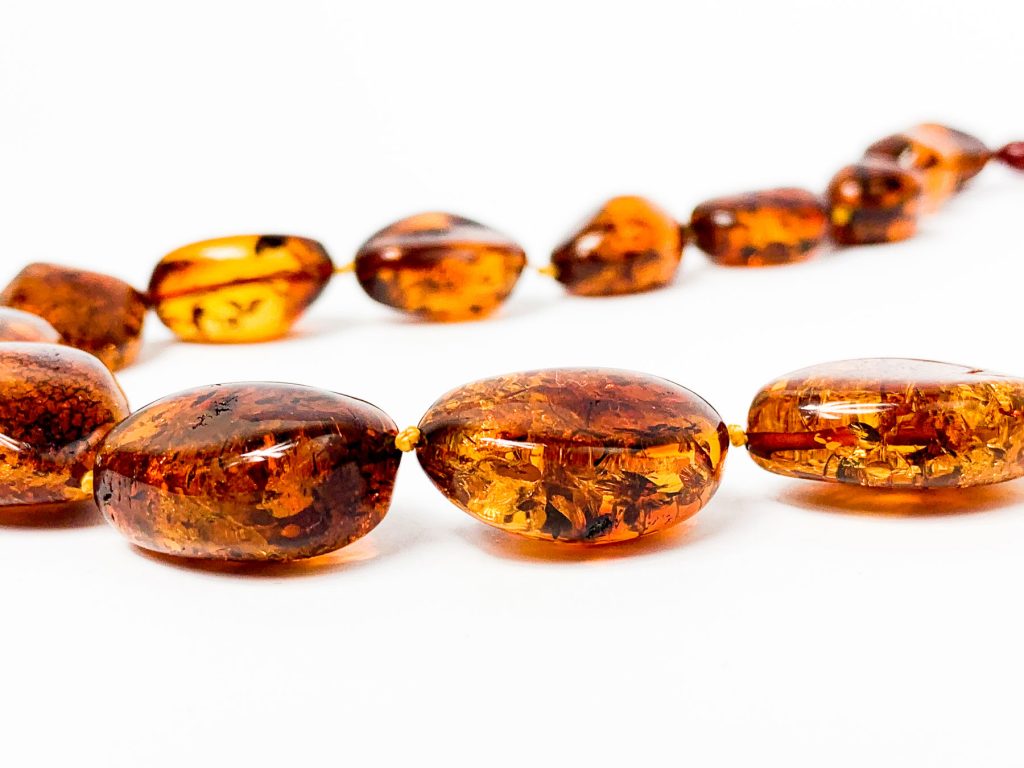
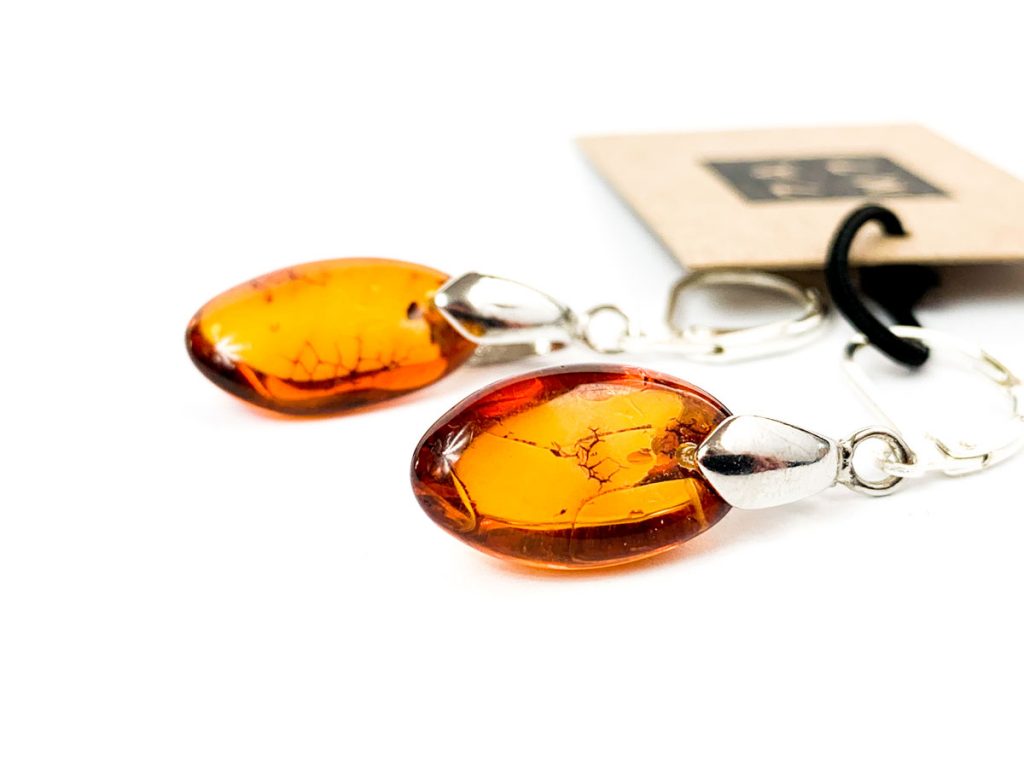
Cherry Amber
Cherry amber is a vibrant red color that is often associated with passion and love. It is a relatively rare color of amber that is highly prized by collectors and jewelry makers. It is also believed to promote courage, vitality, and creativity.
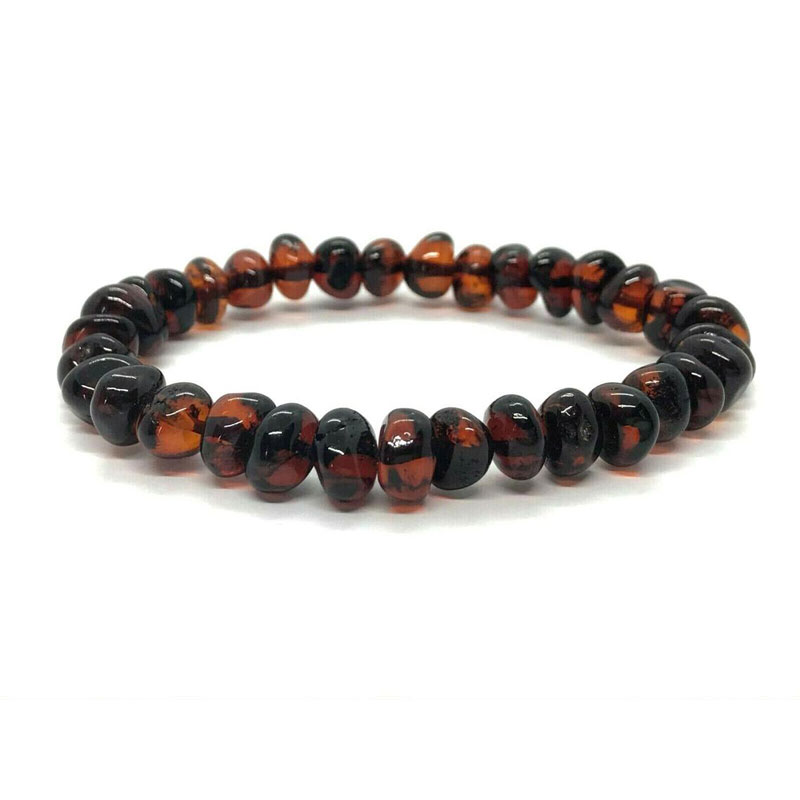
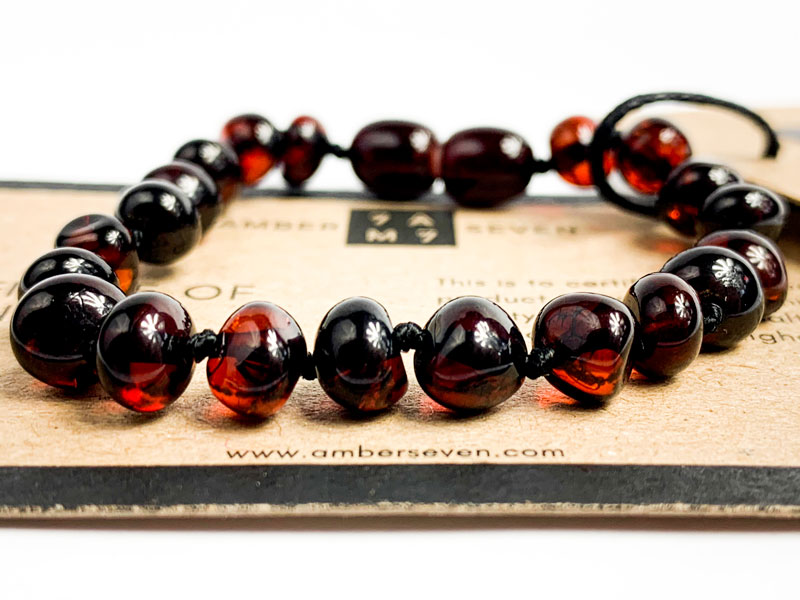
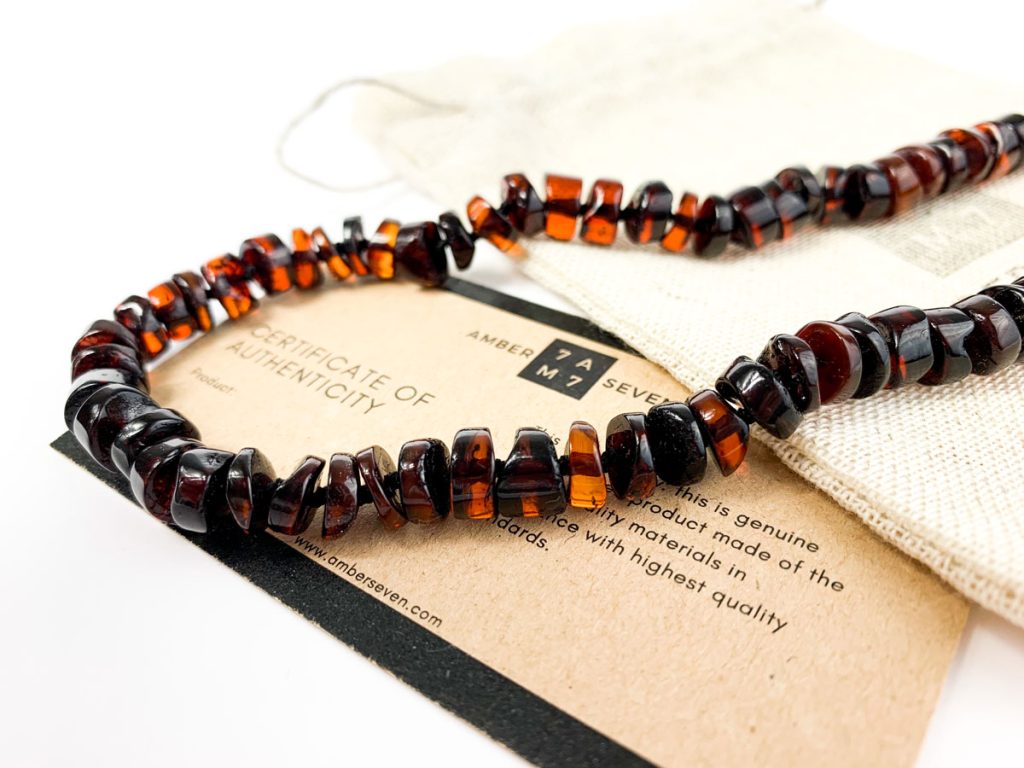
Green Amber
Green amber is a rare and unusual color of amber that is highly sought after by collectors. It has a cool, soothing green color that is said to promote balance and harmony. Green amber can be found in various parts of the world, including the Dominican Republic, Mexico, and the most valuable – Baltic region. It may contain small inclusions or bubbles, which can add to its unique character. Green amber is often used in jewelry making and is believed by some to have healing properties, particularly related to the heart chakra. It is also said to promote a sense of calm and balance. Overall, green amber is a beautiful and fascinating natural material that has been prized for centuries.
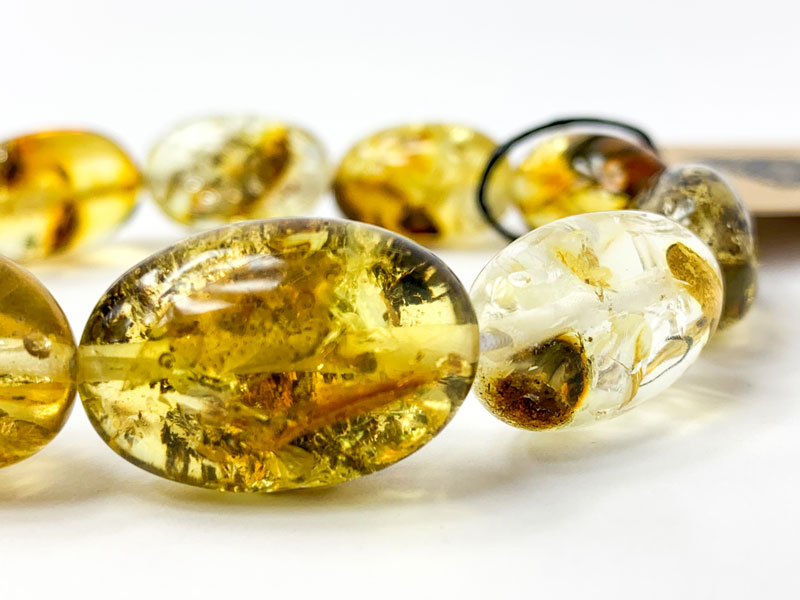
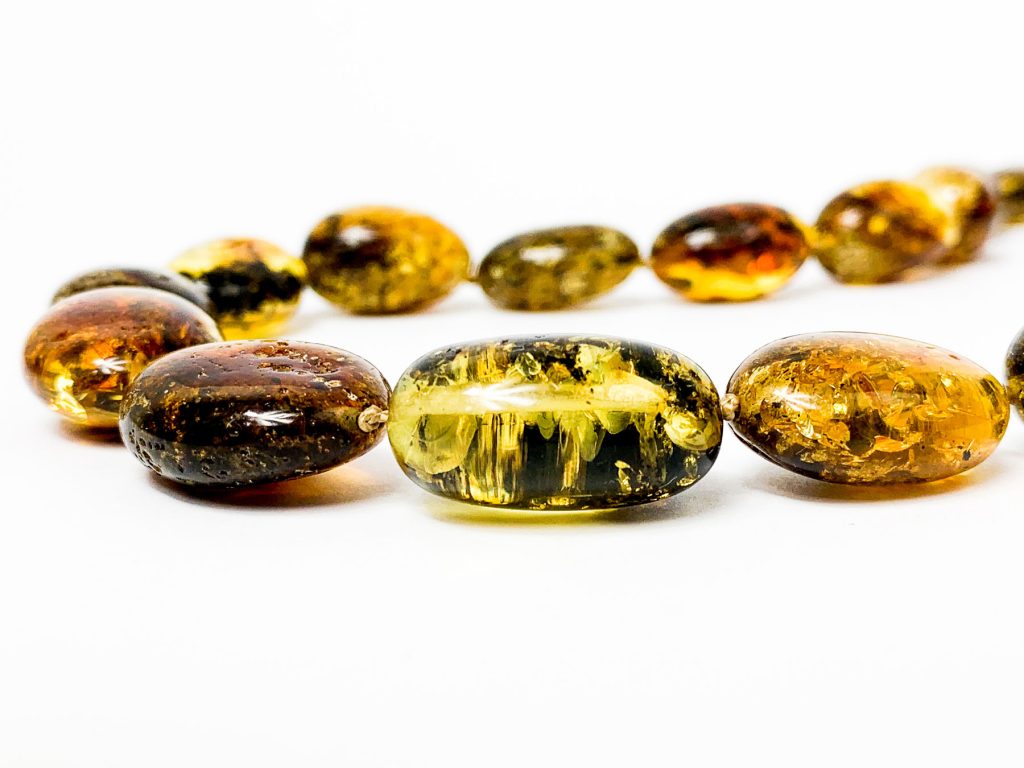
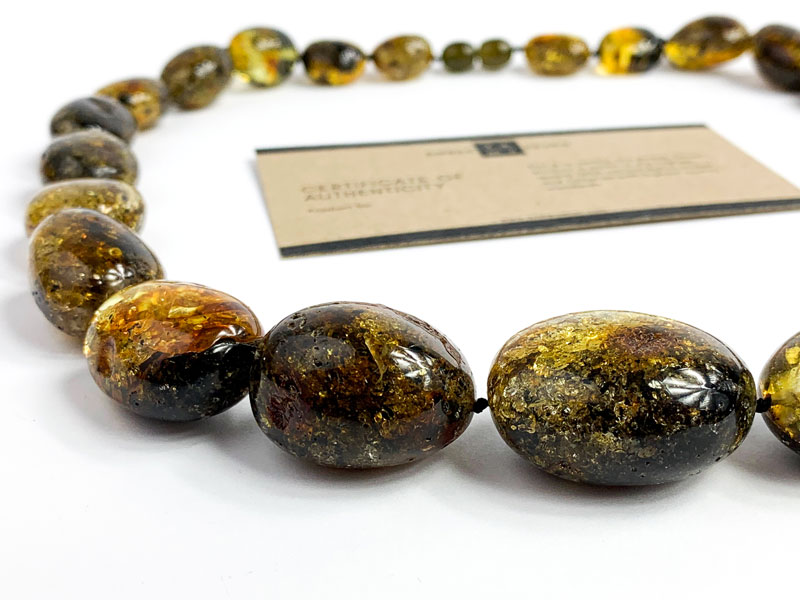
Blue Amber
Blue amber is a rare and exotic color of amber that is found in the Dominican Republic. It has a unique blue-green color that is caused by the presence of certain minerals in the resin.
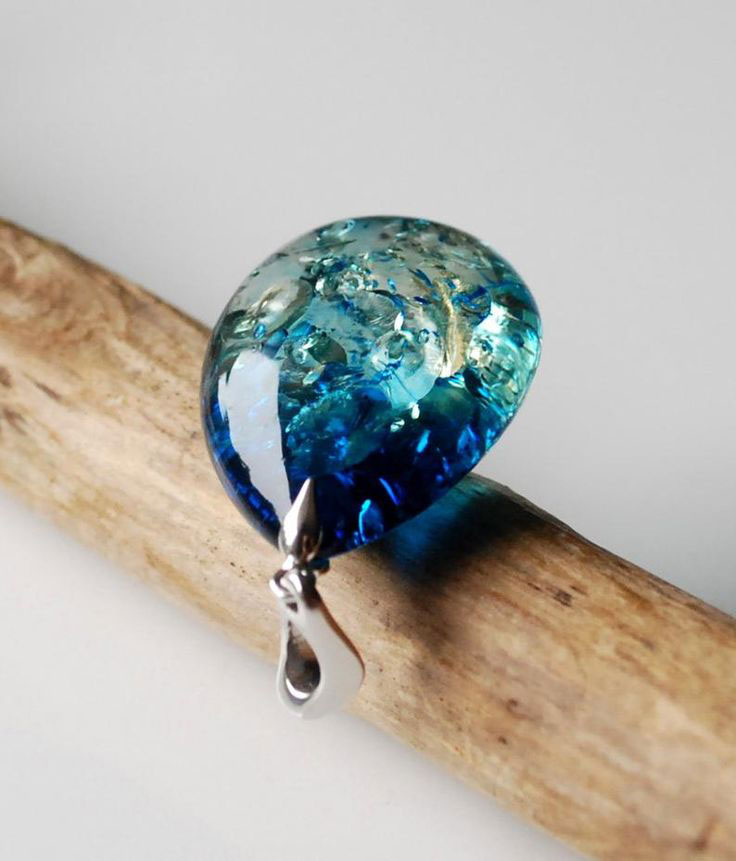
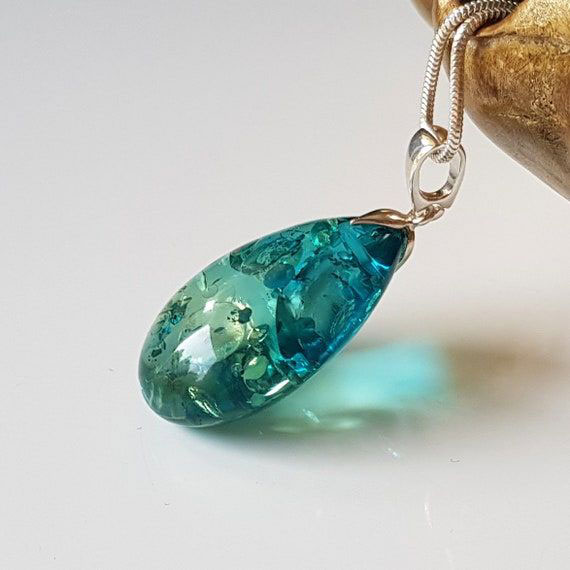
Black Amber
Black amber is a dark, almost black color of amber that is prized for its dramatic appearance. It is often used in jewelry and decorative objects to add a touch of elegance and sophistication.
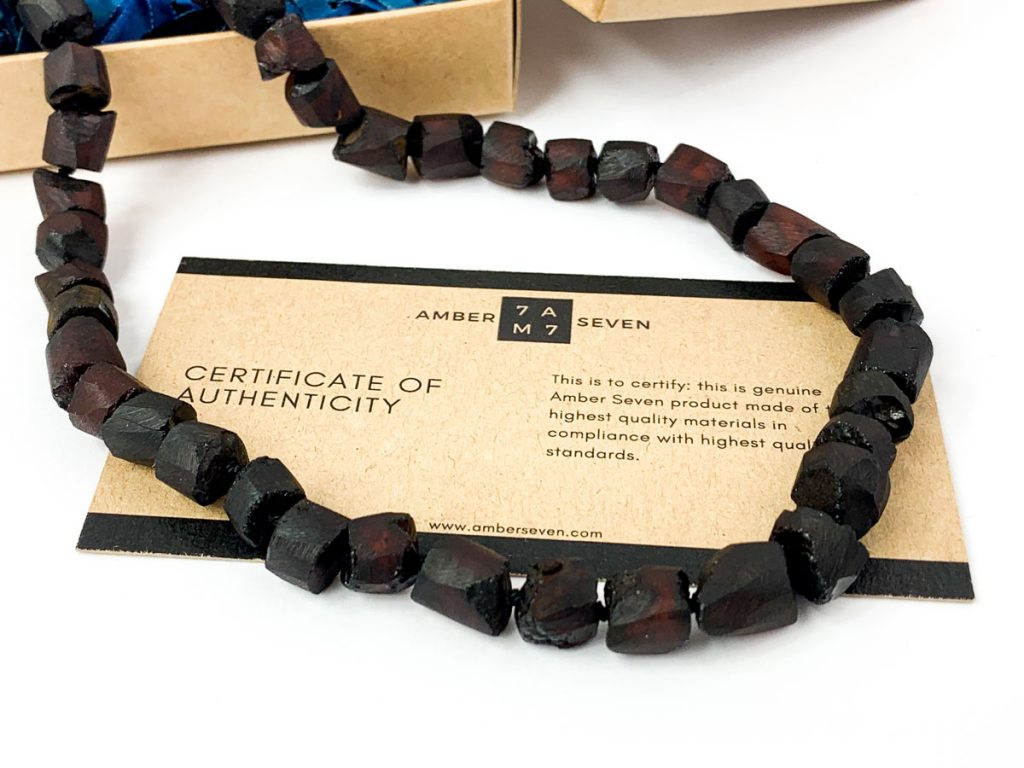
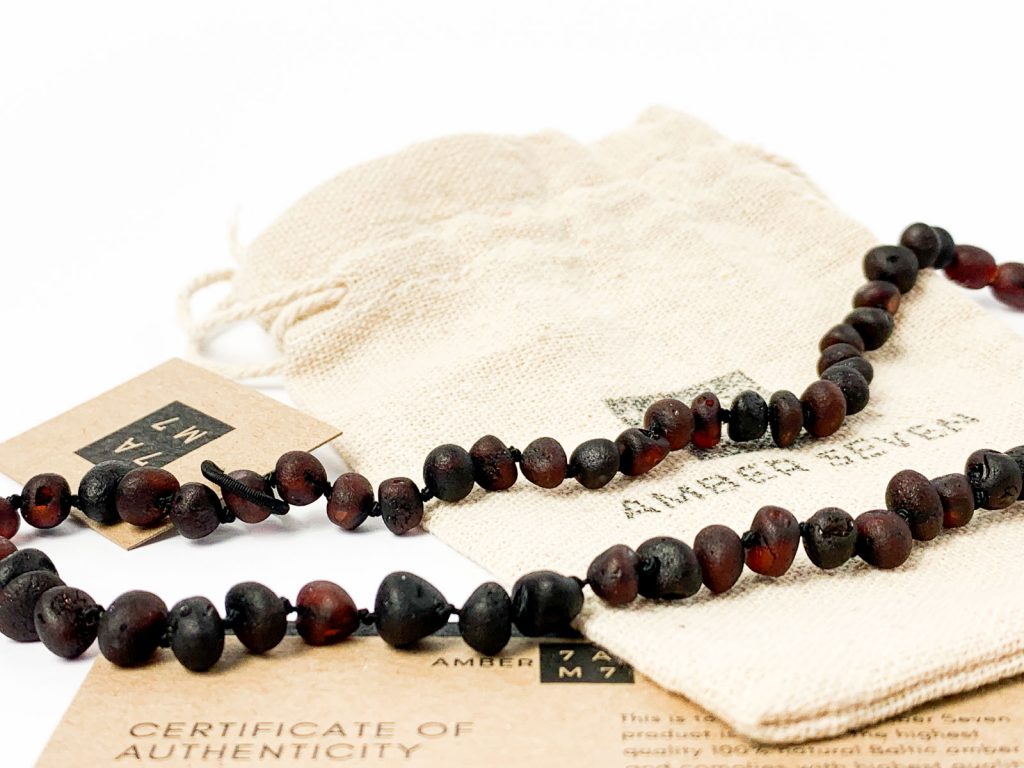
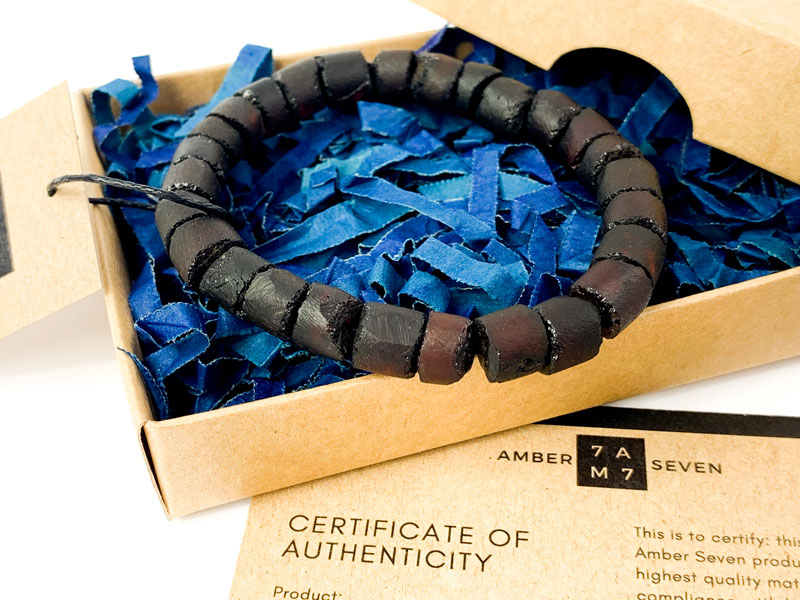
The Significance of Amber Colors in History
Throughout history, amber has held significant cultural and religious meanings. The ancient Greeks believed that amber was the tears of the gods and that it held mystical powers. The Romans also held amber in high regard, using it as a symbol of wealth and power.
In many cultures, the color of amber held great significance. For example, yellow and honey amber were associated with the sun and were believed to bring good luck and happiness. Red amber was thought to bring passion and love, while green amber was believed to promote balance and harmony.
Amber as a Healing Stone
Amber has long been prized for its healing properties. In ancient times, it was believed to have the power to cure a variety of ailments, including headaches, respiratory problems, and joint pain.
Today, amber is still used as a healing stone in alternative medicine. It is believed to have a calming effect on the body and to help alleviate stress and anxiety.
Amber in Fashion and Jewelry
Amber has been used in jewelry and decorative objects for thousands of years. It was particularly popular during the Art Nouveau period in the late 19th and early 20th centuries, when it was used to create intricate, nature-inspired designs.
Today, amber is still very a popular choice for jewelry makers and fashion designers. Its warm, rich color and natural beauty make it a versatile material that can be used in a variety of styles and designs.
Caring for Amber
To keep your amber jewelry looking its best, it’s important to care for it properly. Amber is a relatively soft stone that can be scratched or damaged easily, so it’s important to handle it with care.
To clean your amber jewelry, simply wipe it with a soft, damp cloth. Avoid using harsh chemicals or abrasive materials, as they can damage the stone.
Identifying Fake Amber
Unfortunately, there are many fake ambers on the market, and it can be difficult to tell the difference between real and fake amber. One way to test the authenticity of amber is to rub it against a cloth. Real amber will create static electricity, while fake amber will not.
Another way to test for authenticity is to apply a small amount of acetone to the surface of the stone. Real amber will not be affected by the acetone, while fake amber will dissolve or become damaged.
Conclusion
Amber is a timeless gemstone that has been prized for its beauty and charm for thousands of years. Its wide range of colors and unique properties make it a popular choice for jewelry makers, collectors, and enthusiasts. Whether you prefer the warm golden hues of honey amber or the exotic blue-green colors of Dominican blue amber, there is an amber to suit every taste and style.
FAQs
- Is amber expensive?
- The cost of amber can vary widely depending on its color, quality, and size. Some ambers, such as Baltic amber, can be quite rare and expensive, while others, such as yellow or honey amber, are more readily available and affordable.
- What is the best way to care for amber jewelry?
- To care for amber jewelry, simply wipe it with a soft, damp cloth. Avoid using harsh chemicals or abrasive materials, as they can damage the stone.
- Can amber be used in alternative medicine?
- Yes, amber is often used in alternative medicine to promote healing and alleviate stress and anxiety.
- How can I tell if amber is real or fake?
- You can test the authenticity of amber by rubbing it against a cloth or by applying a small amount of acetone to the surface of the stone.
- What is the significance of amber colors in history?
- In many cultures, the color of amber held great significance. Yellow and honey amber were associated with the sun and were believed to bring good luck and happiness. Red amber was thought to bring passion and love, while green amber was believed to promote balance and harmony.


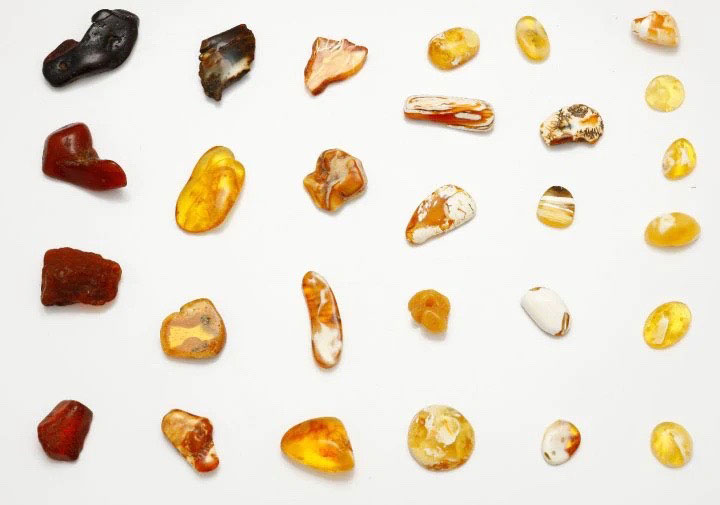
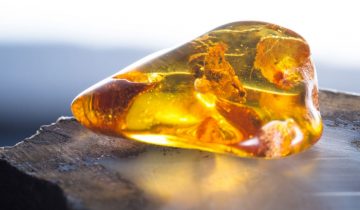
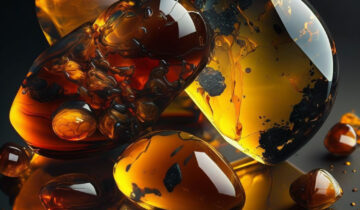


 No products in the cart.
No products in the cart.